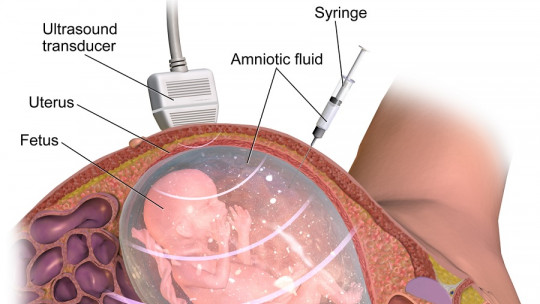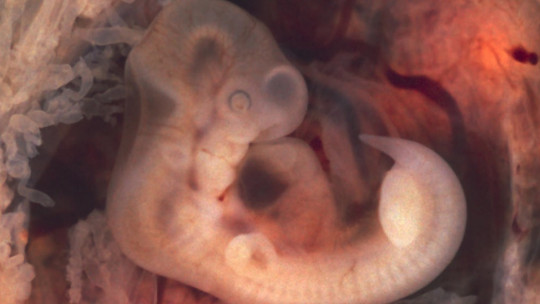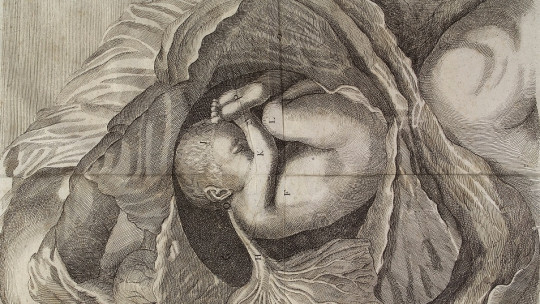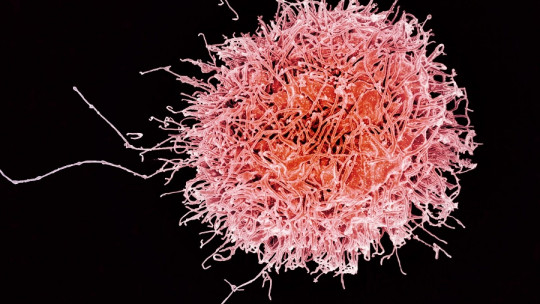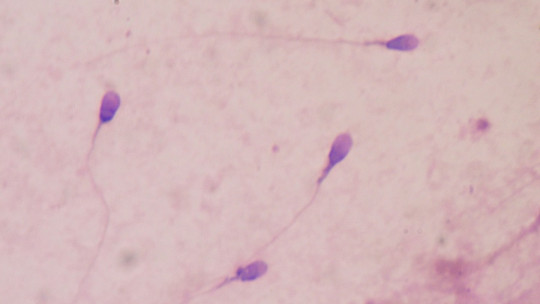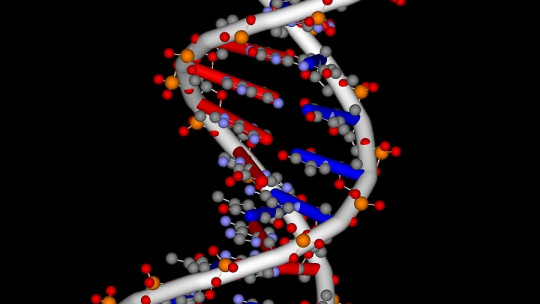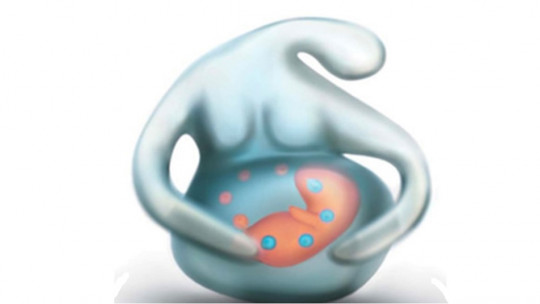
Most of us know that during pregnancy, the mother transmits different substances such as food and oxygen to the fetus. They allow the latter to nourish and survive. In this transmission, the fetus receives cells from the mother, which participate in its survival, growth and maturation.
But since the late nineties it has been detected that the transmission of genetic information is not unidirectional, but rather it is possible to find that the baby’s cells also pass and interact with those of the mother in her body. In other words, something called microchimerism occurs
Microchimerism: cells in a foreign body
The concept of microchimerism refers to that situation in which a person or creature has cells from other individuals in its body, having inside it a small percentage of DNA different from its own. These cells establish a relationship with the subject’s own genetic cells, and a link can be created between both types of cells, which gives rise to both positive and negative consequences.
Microchimerism occurs in both humans and other animal species, like rodents or dogs. This is a mechanism that has probably existed for millions of years, although it was discovered at the end of the last century.
Natural microchimerism
Although the first signs of this phenomenon were discovered through transplants in animals, the microchimerism that most frequently occurs in nature between two multicellular organisms is the one that occurs during pregnancy
During pregnancy, mother and child are connected by the umbilical cord and placenta, and through this connection they exchange some cells that pass into the other’s body and integrate into it. It is suspected that it has a higher incidence than thought and some experts even consider that it occurs in all pregnancies. Specifically, it has been found that from the fourth week of gestation onwards Fetal cells can be found in the maternal body and in general it is considered that from the seventh week it can be identified in all pregnancies.
This relationship between mother and child cells is not temporary and is lost after a few months or years after giving birth: the presence of the child’s cells has been observed in the mother’s body up to more than twenty years after giving birth. . These cells expand throughout the body, being found in the heart, liver or even brain and interacting with the subject’s own cells.
Cells from the other organism they become integrated into the structures and tissues themselves, including the nervous system. Different experts have wondered about the effect that these cells can have on behavior, and it is possible that they are also associated with the emergence of affection between mother and child. One could speculate that part of one’s own DNA being in the other may imply a higher rate of protection at a behavioral level, generating a higher level of bonding and the perception of greater similarity.
It is relevant that the pregnancy does not even need to be successful for this cell exchange to occur: even in women who have lost the baby The existence of cells with different DNA has been found, which seems to correspond to that of the baby.
The studies carried out so far have generally been carried out on mothers who have given birth to male children. It is not that microchimerism does not occur between mother and daughter, but it is much easier to locate cells with the Y sex chromosome in a female body instead of trying to differentiate two XX cells.
Effects on the mother
It may be logical to think that in the interaction that occurs between mother and child, it will be the mother’s cells that provide beneficial effects to the baby, since the mother’s organism is already formed and the baby’s is in the process of formation. But the truth is that the transmission of cells by the baby to its mother also can have big effects on your health
It has been proven, for example, that fetal cells often contribute to healing wounds and internal injuries, as well as participating in the reduction of symptoms of disorders such as pain in osteoarthritis, both at the time of pregnancy and in the long term. It also improves the immune system and facilitates the development of future pregnancies.
It has also been proposed that the presence of these cells may help explain why women have a greater capacity for resistance and a longer life expectancy, observing that many women who had given birth and had these microchimeric cells usually have a better life expectancy. life (possibly due to an improvement in the autoimmune system, although this is mere speculation at the moment). It has also been detected that it reduces the probability of cancer and that tend to participate in tissue regeneration observing its involvement in the recovery of heart or liver diseases.
However, microchimerism can also have a negative effect. It has been observed that the immune system of some women reacts to these cells as if they were invaders, being linked to the emergence of some autoimmune diseases. These are more common in the mother than in the fetus. They could also be linked to some types of cancer despite the fact that its existence in itself is a protective factor against this type of disease.
Effects on the baby
The transmission of cells from the mother to the future baby’s body is of great importance to the future baby. Curiously, this is the microchimerism that has received the least attention, focusing more on the effects that this transmission has on the mother. A probable explanation for this is the difficulty of establishing differences between what the subject’s own organism and cells achieve per se and the specific influence of the maternal cells.
It has been detected that The presence of maternal cells in the body of the son or daughter helps, for example, diabetic children to fight against his condition. On the other hand, this transmission has also been linked to the emergence of diseases such as severe immunodeficiency, neonatal lupus syndrome, dermatomyositis and biliary atresia.
Acquired microchimerism
As we have indicated, microchimerism occurs naturally during pregnancy, this being the main form of microchimerism that exists, but in addition to during this process it is possible to find this phenomenon in other types of situations, being able to speak of an acquired microchimerism
We are talking about organ and tissue transplants or blood transfusions, in which a part or product of a certain organism is inserted into another. The donated organ or blood contains the donor’s DNA, which enters and interacts with the body of the subject that receives it, said organ In this case the relationship is not symbiotic between individuals, since it is the person receiving the donation who receives the advantages and disadvantages of this phenomenon.
However, this type of microchimerism has its risks, since the body can recognize foreign DNA as something external that is invading it and react by attacking, which would lead to rejection of the organ, tissue or blood. This is why it is important to take into account the blood type and compatibility between donor and recipient, as well as the use of medication that prevents such rejection from occurring.
To achieve this, the administration of drugs that reduce the role of alloreactive T cells (that is, lymphocytes that react to the presence of DNA other than their own) should be used, so as to facilitate the emergence of tolerance to the graft. A common way to do this is to inhibit the replication of these lymphocytes.

